The best of Kickstarter and Indiegogo for April 2016
DNA labs! Adorable home robots! Electric building blocks! Here’s where to hurl your money boomerang this month

If you’re the kind of person who just can’t settle unless sequencing DNA at home, listening to music on a futuristic record player, while 3D printing a dinosaur skull using your smartphone, a trio of this month’s crowdfunding picks are for you.
And the others are worth a look, too.
1) Brixo (from $35)

Lego’s pretty amazing, but it doesn’t conduct electricity and connect to your phone. Brixo does both, enabling you to construct — wires-free — all kinds of contraptions by using trigger blocks (sound, light, proximity, Bluetooth), action blocks (LEDs, motors), and connector blocks for completing circuits.
They’re fully compatible with Lego, meaning you can finally make that chunky windmill that starts flashing and rapidly whirring its blades whenever anyone ventures near, scaring the wits out of Lego detractors and making them respect the blocks.
2) THE 64 (from $150)

We’re filing this one under ‘Please be good. PLEASE BE GOOD’. It’s actually two crowdfunders in one, seeking to recreate the Commodore 64, only without the ‘Commodore’ bit in the name, presumably for licensing reasons.
You choose between keyboard or handheld versions, and although the campaign’s a bit render-tastic, the person behind it was involved with the C64DTV, which was a tiny slice of awesome. Our fingers, toes and SID chips are suitably crossed that this will be similarly excellent.
3) ATMO SFERA (from €895)
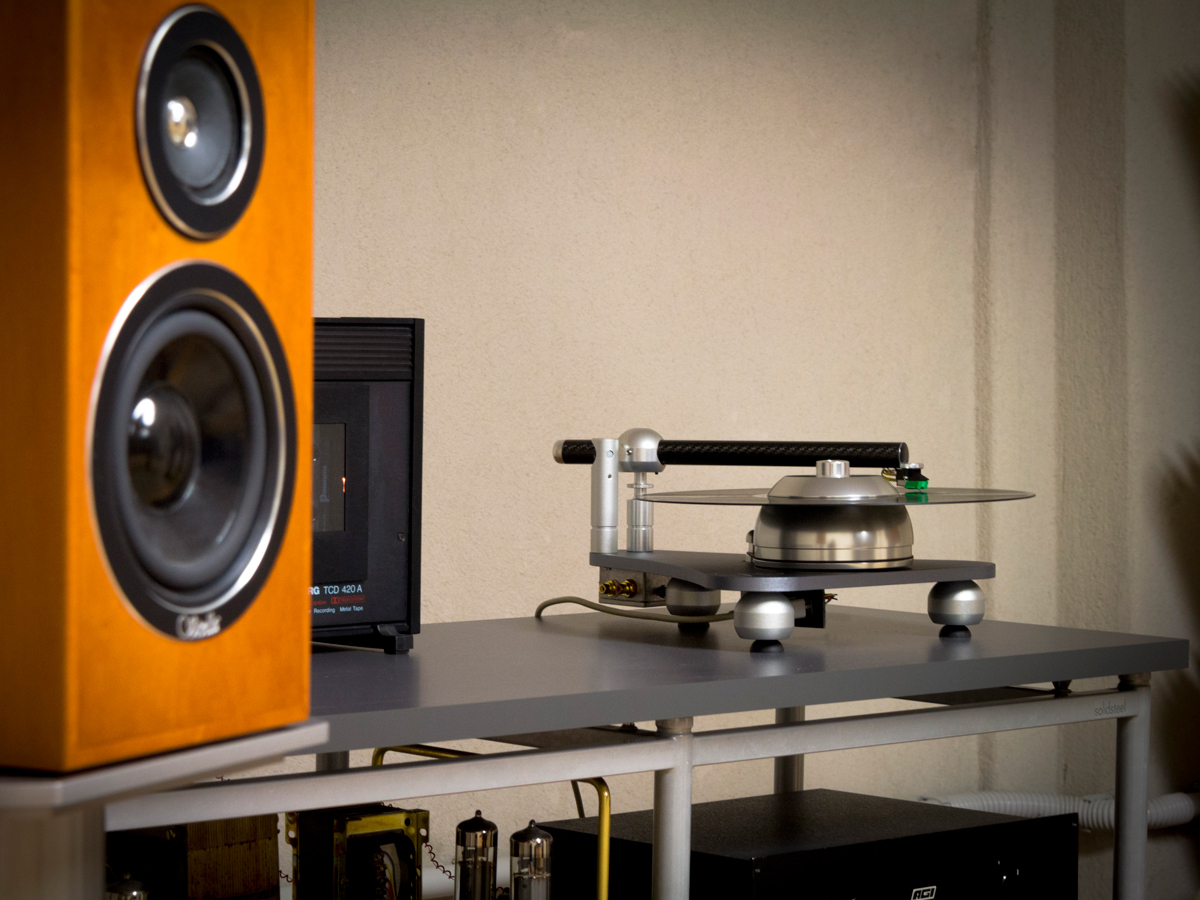
We last year had the gorgeous Floating Record to warm a vinyl fetishist’s happy place. Now, ATMO SFERA takes record player minimalism in a different direction, dispensing with the platter, and then styling what’s left in a kind of industrial retro-futurism. It looks stunning, and reportedly sounds great.
And if you’re the kind of person who wants a little bit extra, lob three grand at the crowdfunder and you’ll get four nights in Milano and a visit to the AUDIO DEVA factory.
4) Bento Lab (from £699)
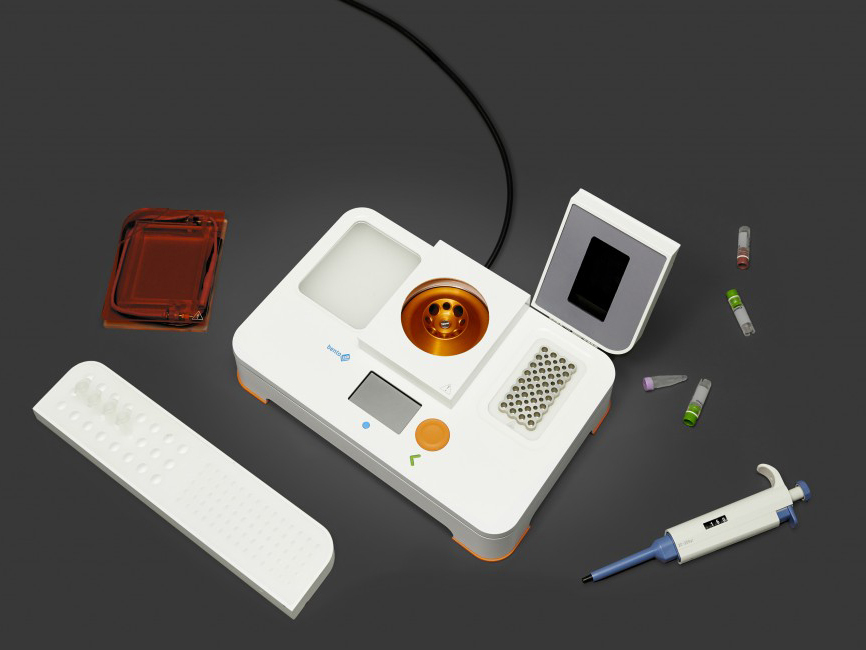
It says something about the march of technology that we’re this month featuring Bento Lab, whose breezy catchphrase is “a DNA laboratory for everybody”.
This would only years ago have been an April Fools’ Day gag, but here you really can take a biological sample, extract its DNA (using a tiny centrifuge), and conduct genetic analysis. It’s not cheap, but then this is serious kit. The first person to successfully use one to bring back a T-Rex gets a free lifetime subscription to Stuff.
5) OLO (from $99)

3D printers seem to be waiting to fully capture a mainstream audience, but we do like the idea of OLO. It’s cheap, portable, and it uses the light from your smartphone’s screen to print 3D objects.
Sensibly, it works with Android, iOS and Windows, and you can grab things to print from OLO’s library if you’re lacking in 3D software smarts. Our suggestion: print a ‘smartphone’, so you don’t get withdrawal symptoms when yours is tied up 3D printing all the time.
6) Riley (from $159)
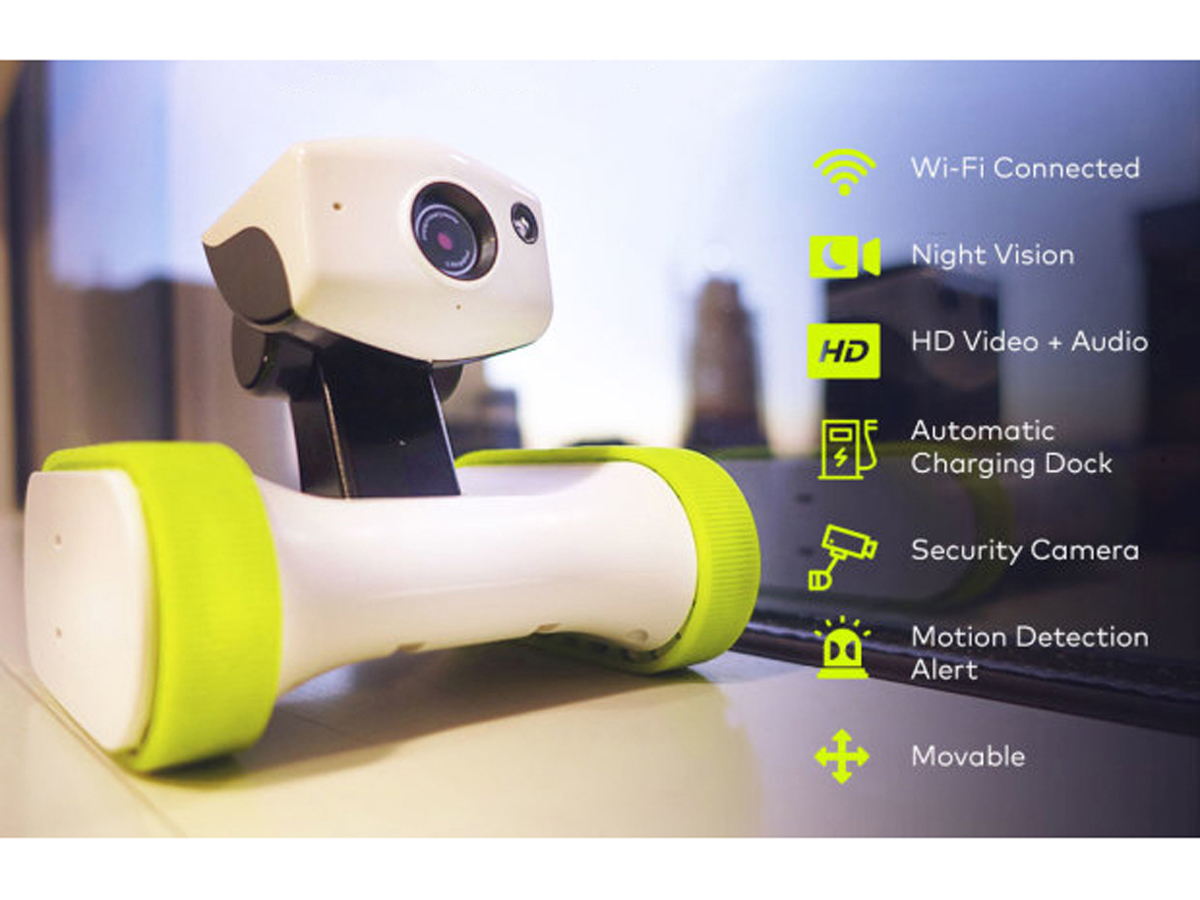
What’s that? Another little robot pal that’s also a web-cam? Haven’t we seen dozens of these things?
We sure have, but Riley is adorable. It looks like Wall•E and EVE’s kid, trundling about on its colourful treads. Riley’s controlled remotely by your smartphone, heads back to its charger when thirsty for juice, can see in the dark, and has enough all-terrain smarts to tackle carpet and grass.
This tiny ‘bot won’t be taking over the world just yet, though — like a DALEK, stairs are Riley’s ultimate nemesis.
7) ZeGoBeast Electric (from $199)

An entirely different kind of robot, ZeGoBeasts are how we imagine IKEA automatons would be, if IKEA was suddenly taken over by a branch from a hell dimension (or Boston Dynamics).
The strange bug-like beasts skitter about, with amusingly disarmingly cute ‘eyes’ when tablets are propped up on their ‘faces’. Their cartoonish expressions don’t fool us, though — we’re keeping a flamethrower handy, just in case.
They did what? bonus: 13.3-inch Android e-reader ($699)

You know, when using a Kindle, we’ve never thought "if only this display were 13-inch across".
But if you’ve been dying to buy an e-ink device that’s bigger than an iPad Pro (and almost as expensive), you now have the opportunity. Just don’t come crying to us when you get trapped under the thing because you fell asleep reading War and Peace.
Fund 13.3-inch Android e-reader on Indieogogo
In case you missed them…
Over the next few pages you’ll find all of the March entries, followed by those from February, January, and earlier. The funding may have ended but these might still be available to order the old fashioned way!
From March:
1) Sinclair ZX Spectrum Vega Plus (£100)
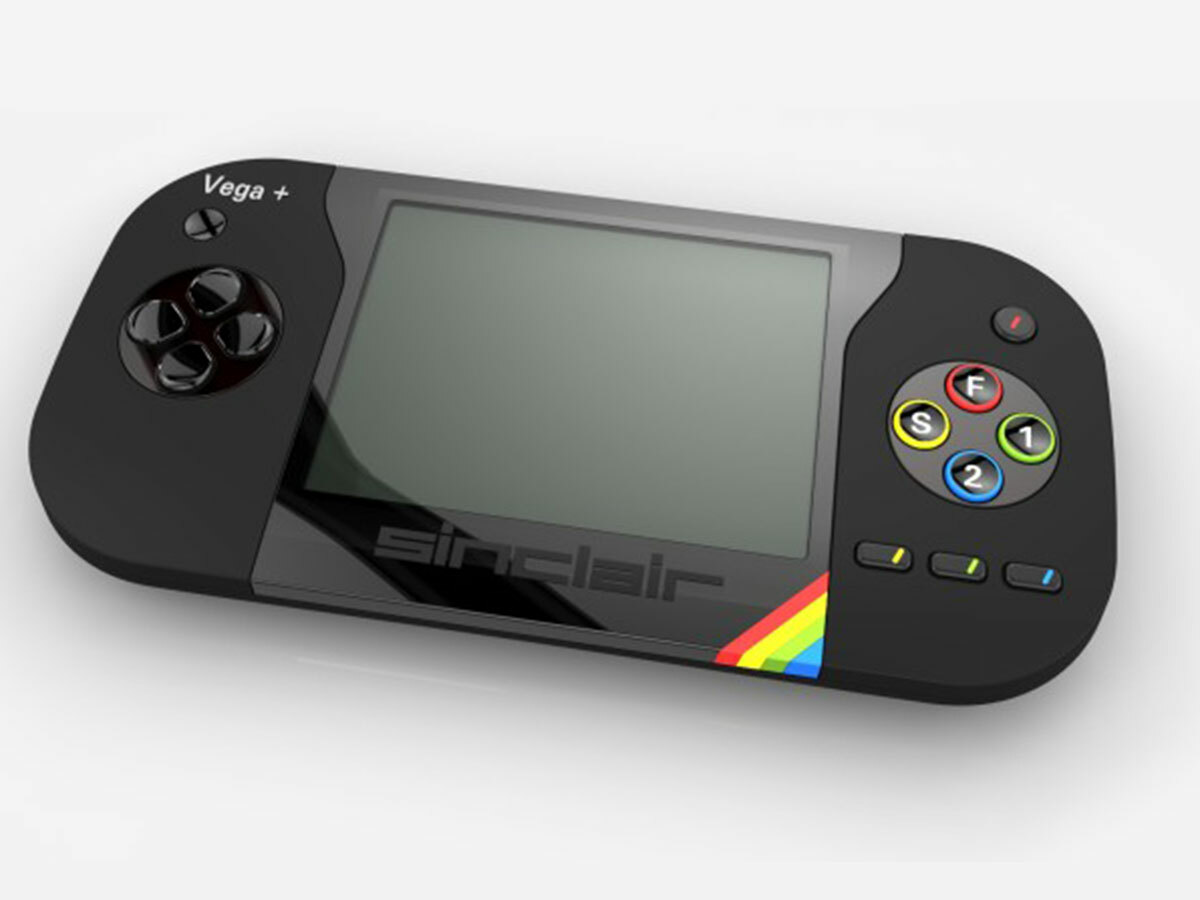
Truth be told, we weren’t that impressed with the original Vega. Although we really wanted to like that modern incarnation of the ZX Spectrum, the hardware was unfortunately a bit rubbish.
This time round, the unit has transformed into a kind of Vita, if the Vita solely played games with eye-searing visuals that were programmed in 1983.
To our eyes, the D-pad still looks a mite suspect, but the newer approach appears to be a lot more sensible overall. Additionally, this version of the Vega reportedly supports an external keyboard, which is just as well, given how many ZX Spectrum games are keyboard-oriented.
Fund Sinclair ZX Spectrum Vega Plus on Indiegogo
YOU MIGHT ALSO LIKE › Mini Meme: retro remakes of classic games
2) Virtuali-Tee (from £22)

This Kickstarter really wants to be educational, and its creators talk about getting kids excited about learning and technology. Mostly, though, you’re going to be attracted to the ick factor.
One person wears the T-shirt, which boasts a pattern that looks like a ribcage that desperately wants to be a crossword puzzle. Point the related app in its direction and you get a kind of x-ray vision that displays a beating heart and then flings you headlong inside the body for your own Fantastic Voyage.
3) Pins Collective (from US$59)

If your wearable preferences typically involve fewer guts than you get with Virtuali-Tee, then Pins Collective might be up your street. It’s based on a classic round badge, on to which you upload a custom animated design.
There’s nothing here for tracking weight, although we suppose you could use a suitably hypnotic animation and then suggest everyone see you as amazingly sleek or buff, depending on your preferences.
Note, though, that you only get 2.5 hours of battery life for your moving image — stills last for a rather more mammoth 74.
4) popSLATE 2 (from US$79)

Oh, how iPhone owners mocked when they heard about Android devices that had E-Ink displays on their backs — before secretly thinking that was actually a pretty good idea.
popSLATE 2 brings the concept to Apple’s latest range of iPhones, integrating a battery case for good measure. The reportedly shatterproof screen can be personalised with all kinds of content, and the battery will handily add up to nine hours of talk-time. Just remember your other iPhone screen — the one you might put face-down when using popSLATE — is not so damage-proof.
READ MORE › The 10 best smartphones in the world right now
5) Bumprz 2 (from US$20)

Originally released for the iPhone 5, Bumprz are back for Apple’s newer hardware. The so-called ‘anti case’ is effectively four stainless-steel metal corners that you stick on your phone. The theory is they’ll protect your iPhone if you drop it on a corner, and also potentially protect the screen if it lands face-down on a surface that’s fairly flat.
The Kickstarter videos show adorable children and sunset-bathed adults flinging iPhones about, and they reassuringly appear undamaged after the experience. (The iPhones, that is; we’ve no idea if any people were traumatised in the making of this Kickstarter.)
RELATED › Apple iPhone 6s review
6) Immersit (from €179)

Modern entertainment systems do their best to immerse you in games and films, largely by pulverising your ears with massive speakers and taking over your entire field of vision with huge displays. But it isn’t enough, according to Immersit, which wants to bring vibrations to your favourite couch, chair, or, oddly, bed.
It works by placing pads under your furniture’s feet, and then syncing movement with supported games or films. The effect seems not unlike arcade games or simulation rides, although we hope not too many Immersit owners end up being flung across the room on smashing into a wall in the latest Need For Speed.
7) Remidi (from US$229)
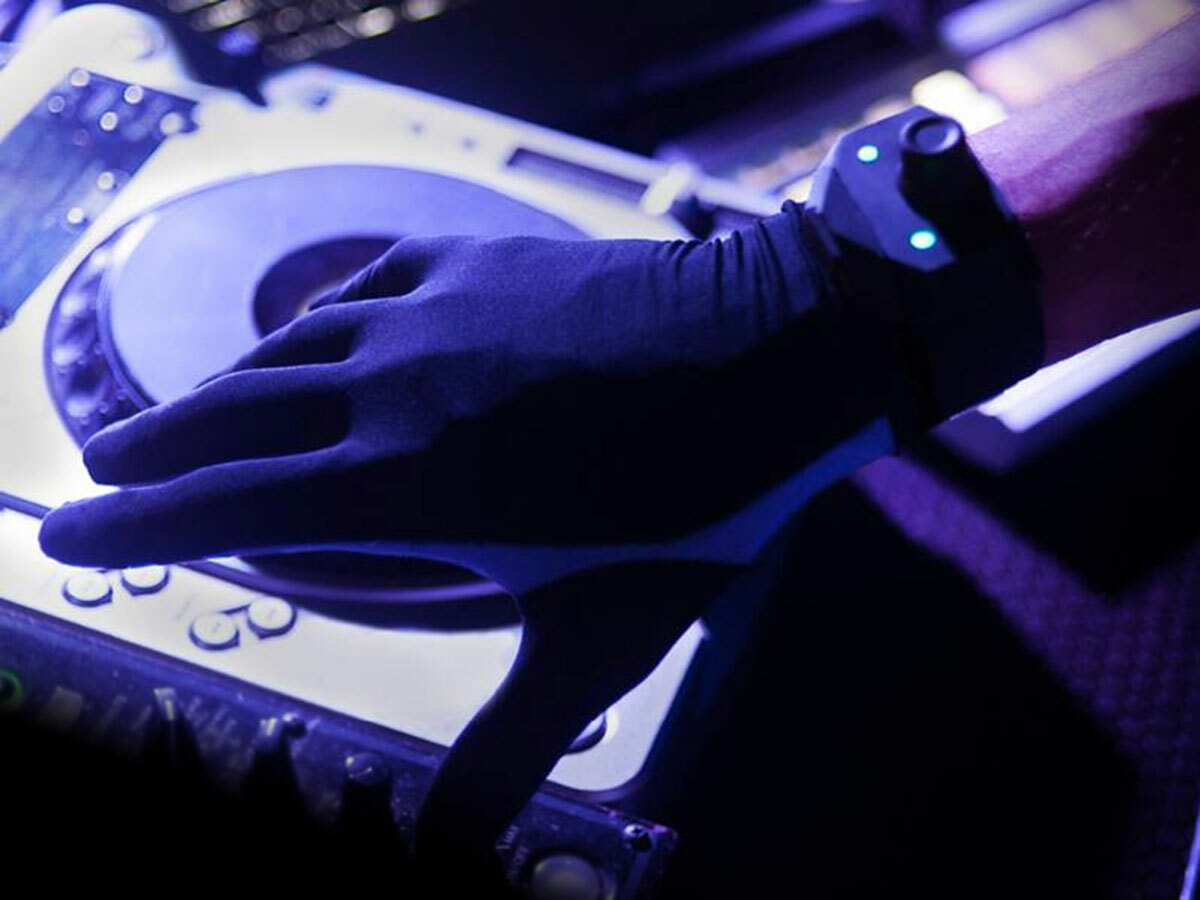
Imogen Heap’s long been known for performing with the aid of gestural gloves, and Remidi is in a similar space. The glove has sensors in the fingers and palm that trigger custom sounds on a press or respond to gestural input such as tilt and movement.
There’s loads of potential here for fun live performance and recording, although Stuff recommends steering clear of the Kickstarter’s suggestion to have the sensors make contact with “another human”, unless you want to hear the sound of an ungloved fist.
8) Mighty (from US$79)

You might think the Mighty looks an awful lot like an iPod shuffle daubed in Spotify colours, and that’s because it effectively is an iPod shuffle for Spotify.
The thinking is that people now often stream rather than buy music, but that means you need a smartphone to listen to music when exercising, thereby increasing the potential for screen-smashage.
Mighty is essentially a little Android doohickey which sucks down Spotify playlists and related offline audio files from your smartphone, has physical controls, and won’t land you with a hefty repair bill if it goes flying.
From February:
1) Orison (from $1400)

They say you have to spend money to make money. That’s certainly the case with green energy. But Orison’s cunning plan could seriously reduce energy bills, in sucking power from the grid when rates are low and powering your home when rates are high, also making the most of installed solar.
As you’d expect, there’s an app and a cloud, the former providing data and feedback and the latter figuring out how to best manage your energy. Mostly, though, you’re splashing out for plug-and-play kit based around the flatscreen-sized Orison Panel or futuristic lampshade-alike Orison Tower.
2) Torch (from $65)

Heated coats aren’t new, but Torch is designed to work with any coat you own. Its four heat settings keep you reasonably toasty for up to a few hours, especially the bits near the three heat pads (although they’re apparently “positioned to effectively heat the body’s core”).
You’re probably not going to need Torch to pop to the shops, but for anyone into extreme sports, hiking in snowy climes, or working in a giant fridge, Torch will be 65 bucks well spent. (That name, though — is it a good idea for a heater to have a moniker that means ‘incinerate’?)
3) Fabulous Beasts (from £59)

Jenga’s all very well with its nondescript wooden blocks, but if you’ve ever wanted a balancing game with character, there’s Fabulous Beasts. You choose from a bunch of artefacts that when added to a rickety tower affect a connected digital realm. Careful stacking results in evolution, happier virtual critters, and higher scores.
Mess up or choose badly and you’ll knacker the ecosystem faster than a housing developer armed with a squadron of huge diggers and permission to bulldoze the green belt.
4) Air Bonsai (from $200)

There’s something quite beautiful and poetic about this Kickstarter, its creator talking of a galaxy of little stars, on each of which you can make a wish. Mostly, though, we watched the Kickstarter video and three words stuck in our head: levitating tiny trees.
Essentially, ‘little star’ is a mossy magnet, ready for a bonsai to be transplanted. Below sits an ‘energy base’, which keeps the moss ball and tiny tree passenger floating in mid-air. Brilliantly, it can also lazily rotate, thereby making every other shrub in the vicinity green with envy rather than chlorophyll.
5) JIC (from $29)

The JIC case aims to make recording iPhone calls headache-free. It’s not a subtle looker, what with its vibrant colours and almost anti-Jony Ive design, but recording’s simply a case of nudging a button with your thumb. There’s no app. There’s no faffing with the cloud and fees. Everything captured ends up on an SD card, and you can play back the MP3s or copy them to your computer.
With eight hours of recording time, you should be able to nod during even the lengthiest of conference calls, safe in the knowledge all the details will be nestled inside your iPhone case.
6) ST4 (from €400)
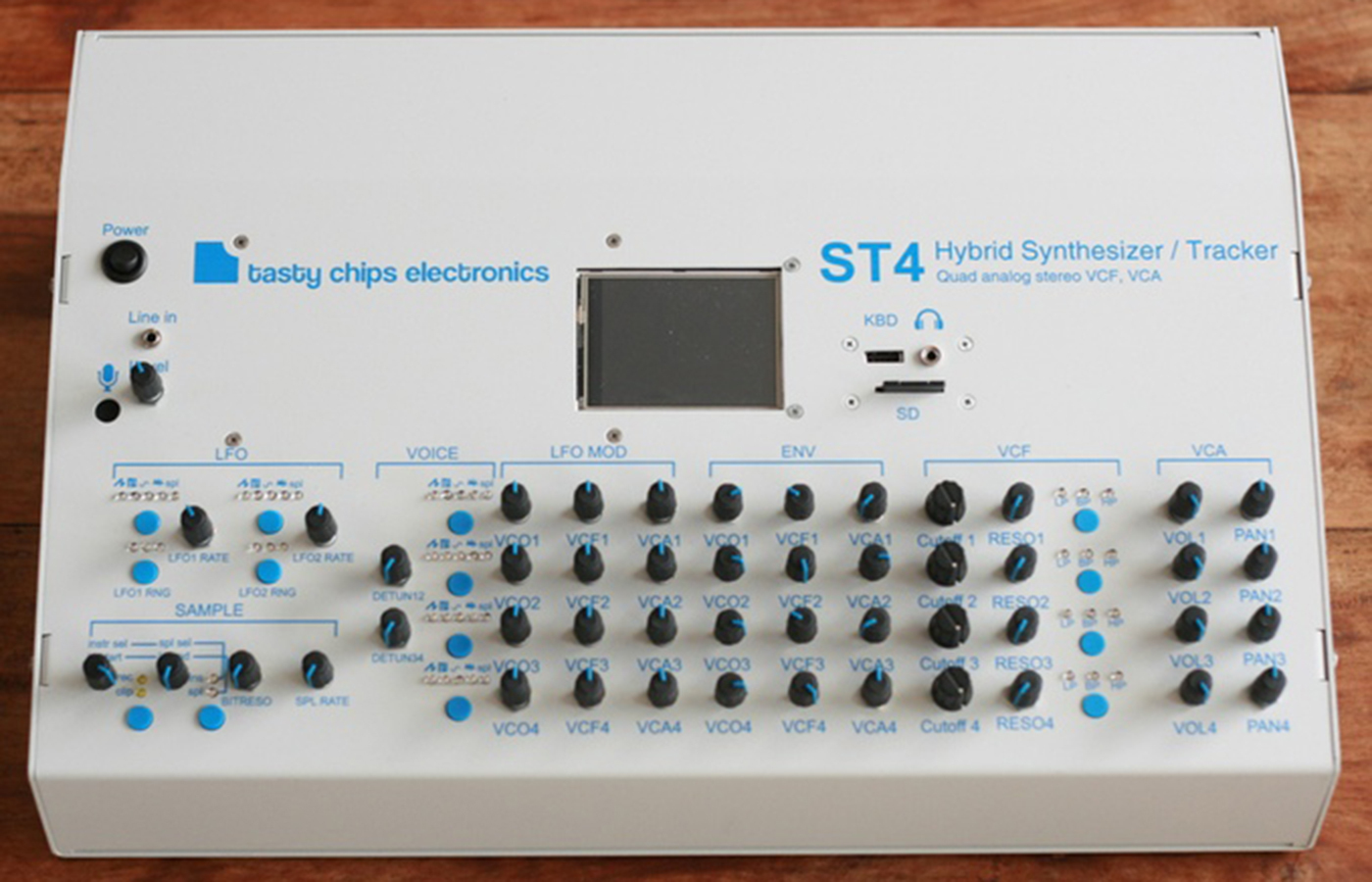
We’re all for making music on a tablet or computer, but sometimes you need old-school kit, with flashing lights and knobs to twiddle. ST4 is every inch old-school, from its giant white case to the tiny glowing screen for multitrack sequencing.
Most importantly, it sounds great, being geared towards kicking out ear-smashing chip tunes, but with enough versatility to enhance all kinds of electronic music. For studios, there’s MIDI and channel out, a mic and sampler, and you can even use ST4 with a USB PC keyboard if someone’s pilfered your piano one.
7) Orilamp (from $89)

This ‘lighting companion’ manages to bridge being practical, good looking, and borderline absurd. It’s a portable Bluetooth lamp that, beyond the electronics, comprises two blocks of wood and a stretchable section made from NOMEX paper and LED lights.
Plonk it on the table and it resembles an irradiated slinky; hang it up for a Chinese lantern you can control from your phone; or hold it in two hands and pretend it’s a glowing accordion. (Sadly, you must make your own accordion noises. Clearly, the Orilamp folks missed a trick there.)
8) ALEX (from $59)

Modern technology might provide food (if often junk) for the mind, but it’s mostly pain for your neck. Chances are if you use a mobile device or laptop, your posture is causing problems that will eventually lead to your neck and spine rebelling.
ALEX is a wearable designed to help you get back on track. It looks a bit like glasses worn backwards, its main body resting gently on your neck. Hunch over for too long and it’ll complain until you change position or get miffed, shove the thing in a drawer, and regretfully realise months later while waiting for a neck doctor appointment you should have taken more notice.
From January:
1) CHiP the robot dog (from US$169)

CHiP showcases the relentless march of technology. At the turn of the century, a robot dog would have cost ten times as much as this android puppy.
Now, for the price of an iPod, you can get a tiny wheeled pooch that’ll learn, recognise its owner, develop a unique personality, regularly demand food like a semi-sentient Tamagotchi, and almost certainly not pee on the carpet. Well, unless there’s some kind of in-app purchase for weirdos that we don’t want to know about.
2) Teslasuit (from £749)
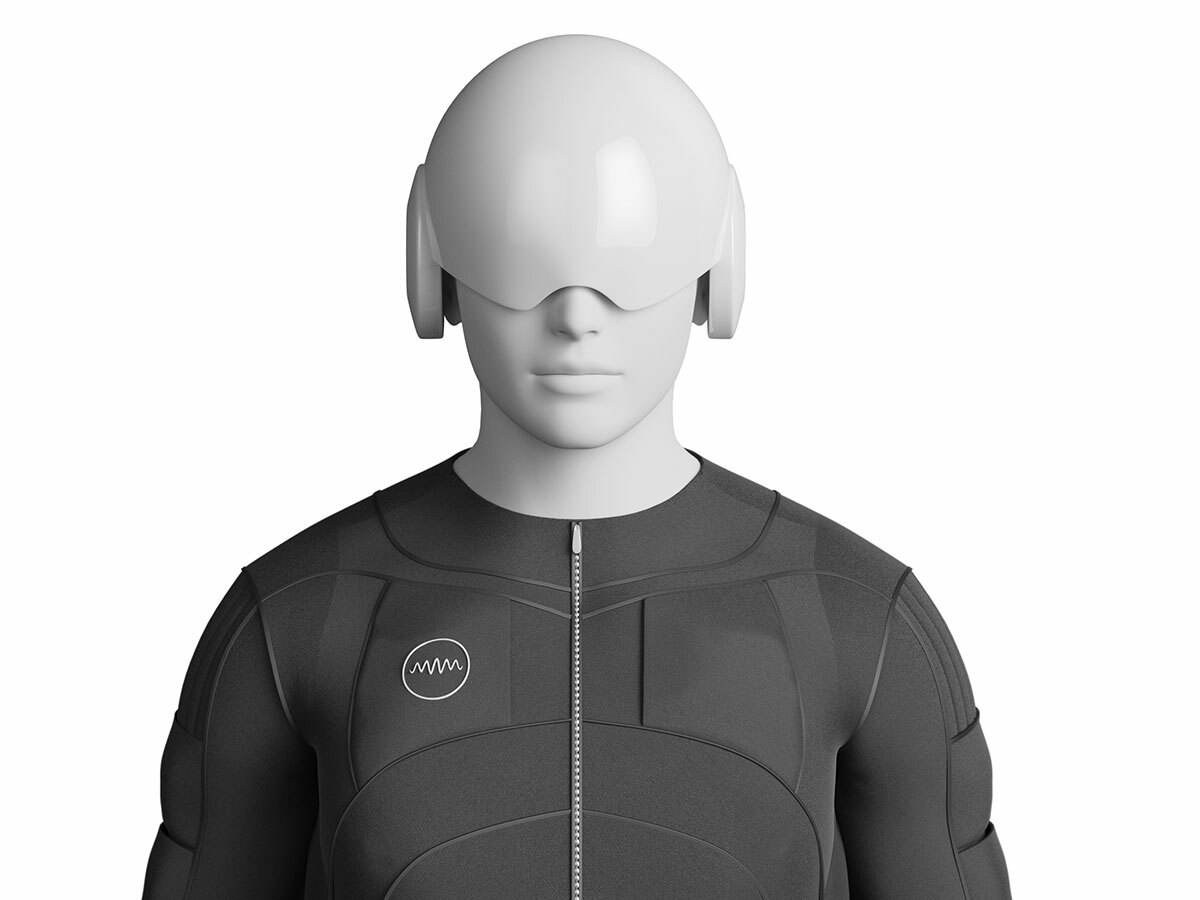
If you don’t find gaming immersive enough, try Teslasuit, which has you interact with virtual environments through haptic feedback.
This is first-gen stuff — the software pack only boasts a few apps and games, and you must fork out a serious chunk of change for a full suit (rather than just some natty haptic trousers). But it’s that first step towards being doubled up in agony on the floor after getting shot in the gut during Shooty Soldier Lawks V. You can’t say an Xbox controller has ever enabled such realism.
3) Ruggie (from CA$110)

Alarm clocks are rubbish, because they can be snoozed/immersed in water/hurled out of the window. Ruggie cunningly urges you towards a better morning routine due to not shutting up until you’ve stood on it for a few seconds.
Not going to work because you’re the sort of person who’d then flop back into bed? Programme the foamy alarm to have you lurk for longer, all while chirruping motivational speeches from important people in your general direction.
4) Blipcast (from US$99)
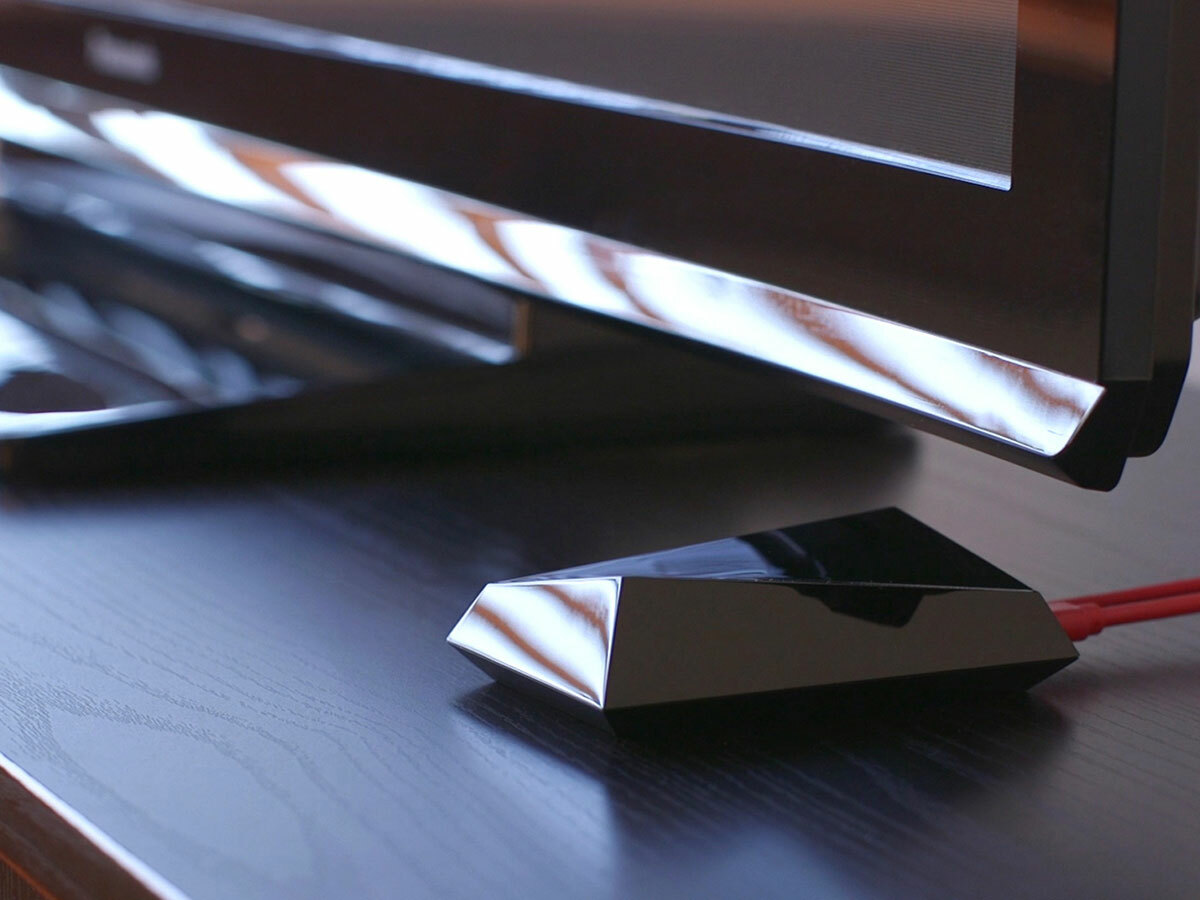
Blipcast looks like it’s been hewn from rock by an angry person randomly swinging an axe. (We’re told it’s a “three dimensional representation of an audio waveform”, but we’re still going for ‘angry axeman Ive’.)
Still, we like the idea behind it a lot: transmitting audio from your telly to an app. “But what about wireless headphones?” you might demand; which is fine, but lots of people are happy with their existing headphones (that don’t need charging) and Blipcast will stream to multiple devices simultaneously.
5) Tulip (from €45)
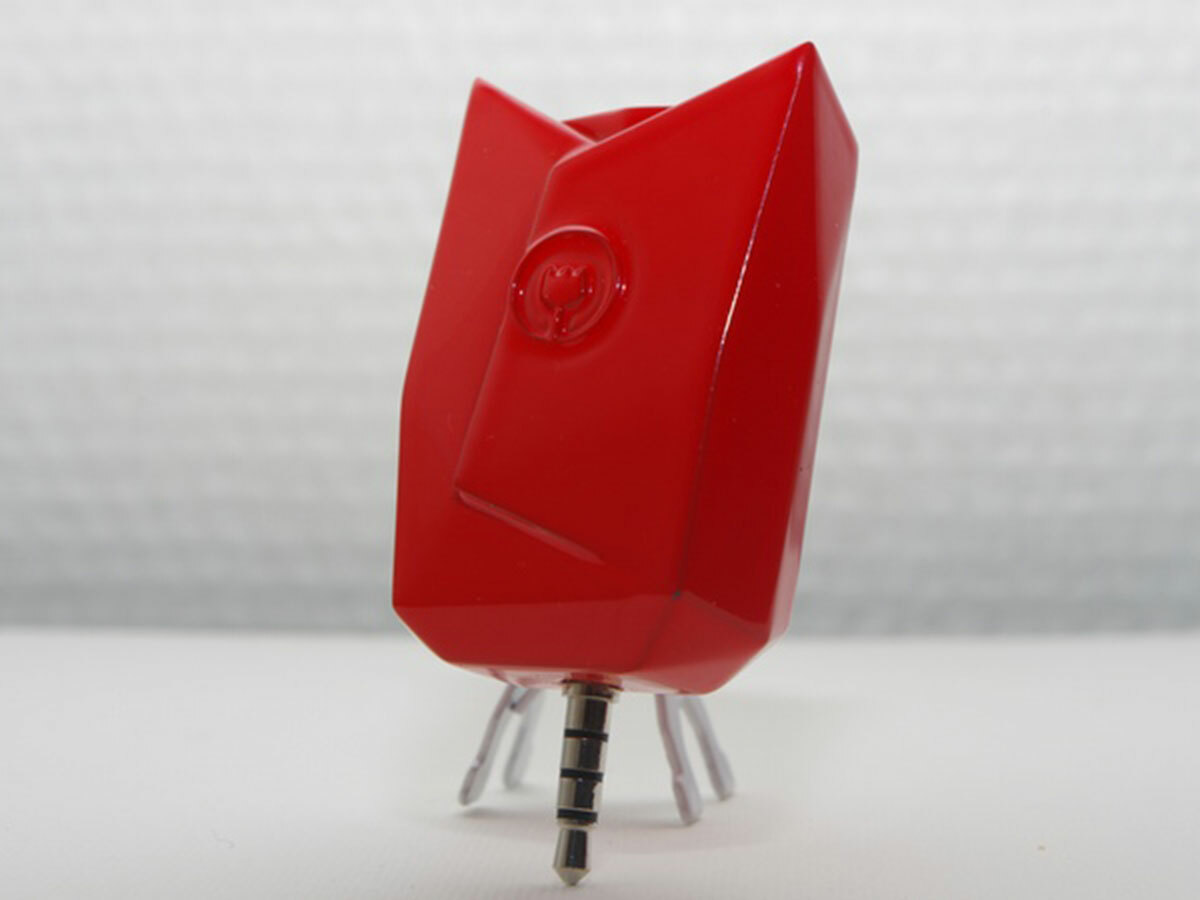
Another dinky piece of audio electronics, Tulip’s designed to suck in sound rather than spit it out. The idea is to plug it into a device or musical instrument, hit record, and have it capture whatever you’re playing — simple.
Audio can be passed through Tulip if you need to continue listening (for example on headphones), and all your captured sounds can later be offloaded to a PC or Mac.
6) Dragon’s Lair: The Movie (from $5)

Don Bluth & Gary Goldman’s Dragon’s Lair has remarkable staying power, the result of dazzling so many on its 1983 debut. Most arcade titles of the time belched out pixels so sharp they’d give you a nasty cut, but Dragon’s Lair was instead an interactive Disneyesque cartoon. It looked like nothing else, and people loved it.
Today, the game comes across as stilted and limited, but nonetheless retains legions of fans, many of which have clamoured for a movie. If you’re one of them, this campaign lets you chip in to the pitch while nabbing yourself Bluth and Goldman memorabilia.
7) Enlaps (from €429)
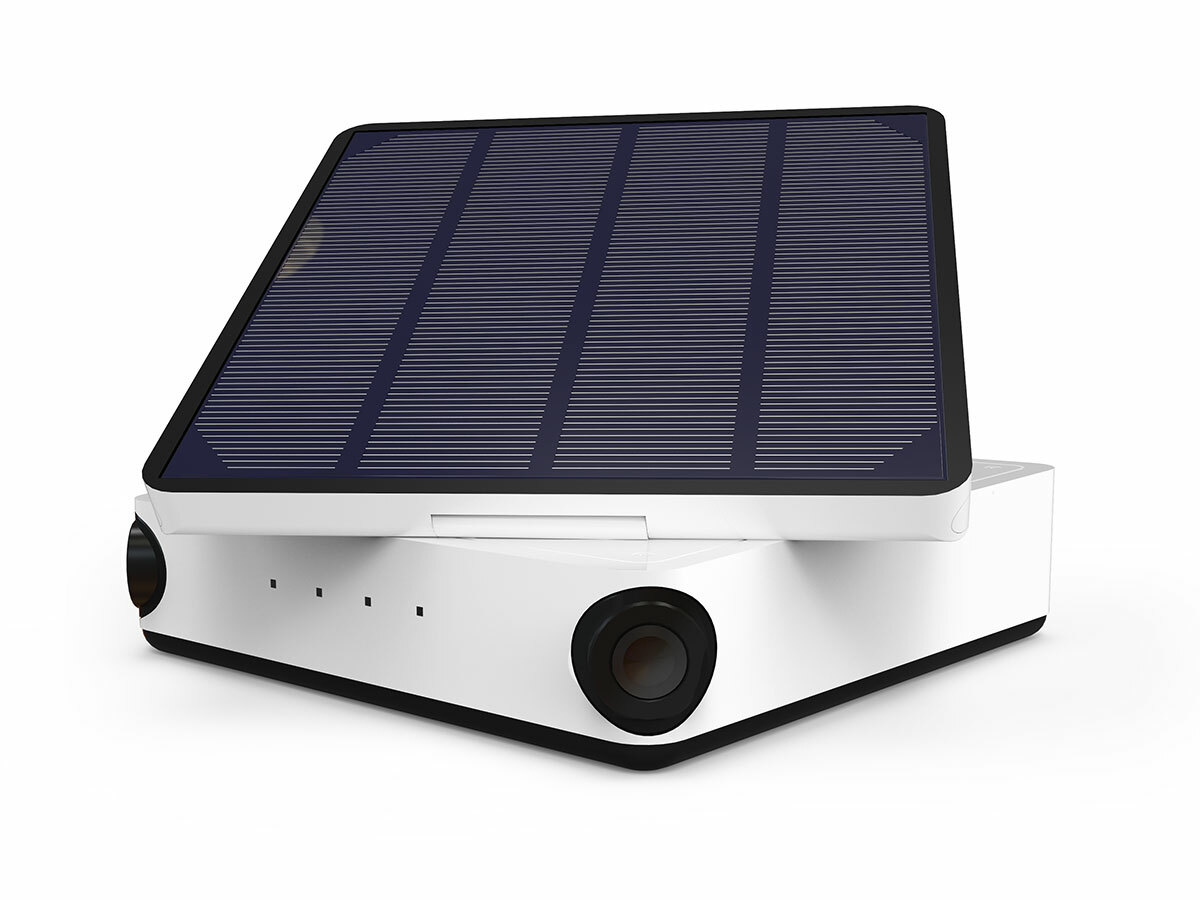
There’s something magical about time-lapse photography, but really long shoots can be a problem when it comes to battery, storage and processing.
Enlaps gets around such trifling matters through being a solar-powered, weatherproof device with its own camera, along with having the ability to chuck imagery your way when on a network.
It also has a slot for adding a cable and padlock when left in remote climes, which is good — as much as we love time-lapse, we don’t love it enough to leave €429 of kit hanging about for days, for anyone to run off with.
8) Thimble (from $54)
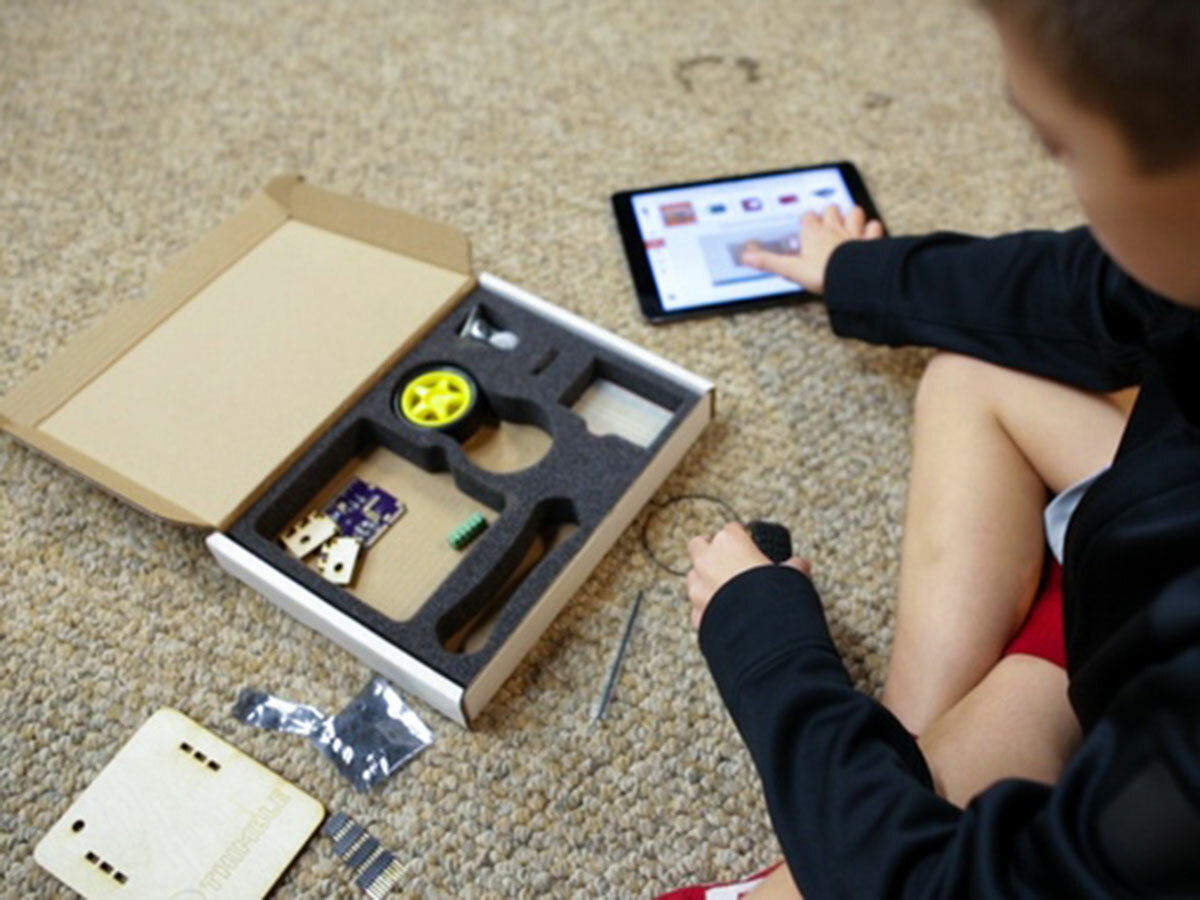
‘DIY kits in the post’ have been done to death, but we’re still suckered in by a good one — and Thimble looks to be very good one indeed.
The first box contains a Wi-Fi-enabled robot, which you control with a mobile device or laptop. On building the robot, you’ll understand how to create an app that makes things move, learn about motors and micro controllers, and attempt to avoid accidentally bringing Skynet into being. Higher tiers offer the chance to subscribe for subsequent months.
Stay away from me AIIEEEE bonus: Sound Reactive Mask (from CA$30)

We’re old enough to remember being wowed by Orbital dancing around like idiots, thinking their torch glasses looked pretty cool. We suspect the same thinking lurks within Sound Reactive Mask, which purports to have the audience “become part of the show itself”.
It does this by having a terrifying angular jaguar display on a mask blaze into life along with the beat. Yours for only CA$30 and the broken nose you’ll get when you scare the bejesus out of someone when wearing one and venturing too close in the dark.
From December:
1) Fleye (from €799)

Most drones look pretty much the same, with moving parts that’ll take your face off if you venture too close. The people behind Fleye imagined what a drone of the future would look like — and then built it.
The strange little contraption resembles something from EVE’s side of the family in WALL•E — a flashy white blob that floats in the air, its moving parts fully shielded. Fleye smart, autonomous, hackable, and can be shoved out of the way if it hovers menacingly in front of your face. (Although we’re not entirely sure how this entirely unthreatening hardware could pull off ‘menacing’.)
2) Poco (from US$15)

The latest invention from the Sinclair family, Poco is a multi-function micro computer. Essentially, it’s a Pi shoved into a durable credit-card-sized case, boasting a GPS, gyro, 5MP camera, dual speakers, mic, Wi-Fi, and a 2.8-inch IPS touchscreen.
The unit can work as a gaming device, action camera, hi-res music player, fitness tracker, or Wi-Fi phone. And depending on how handy you are with a 3D printer and solder, you can grab some files to print your own ($15), buy a build-your own kit ($75), get a fully made Poco ($299), or splash out on a water-resistant model ($400).
3) FLUX (from US$99)
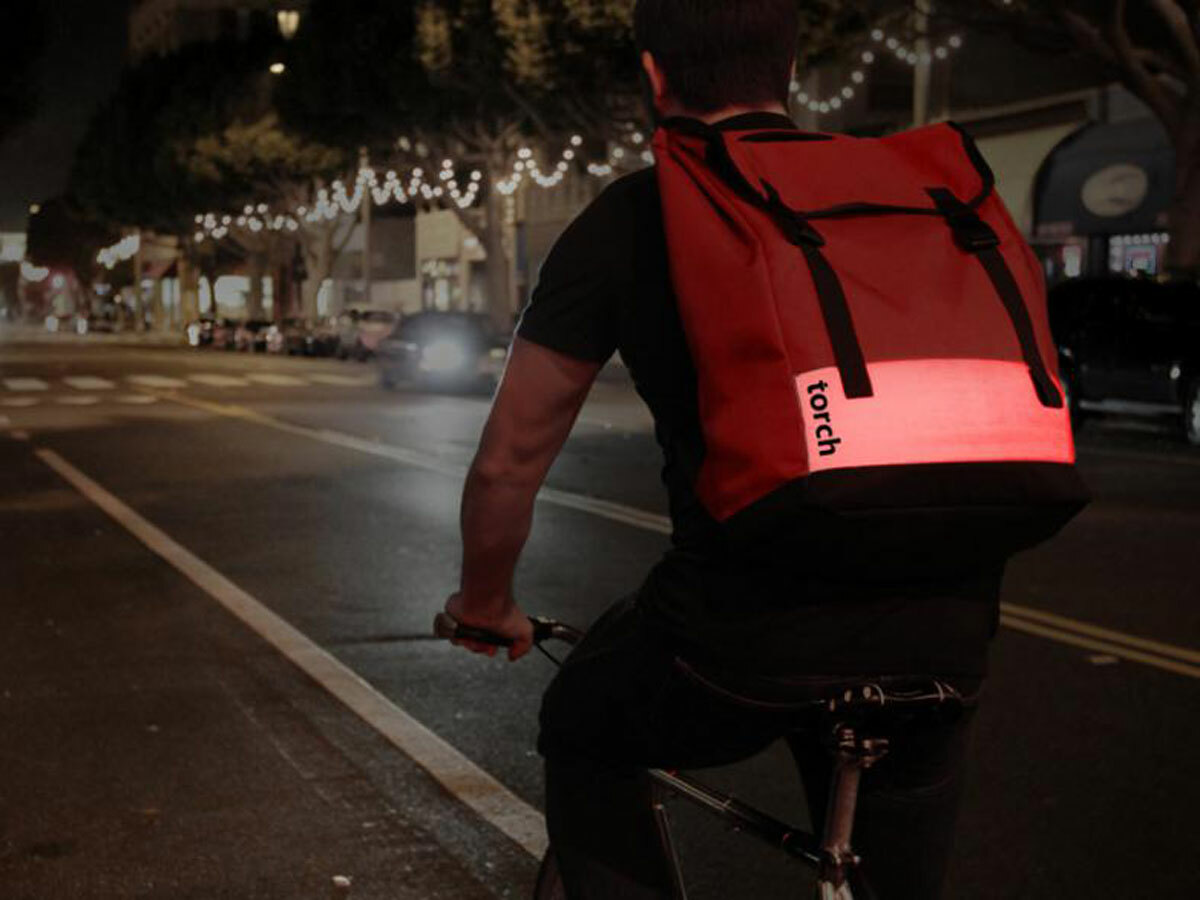
One of the problems in being a cyclist in the dead of winter is being seen. Tiny LEDs that blink on and off don’t really cut it.
A while ago, Touch devised a helmet with massive built-in lights. Now, they’ve created a backpack with a rear light that even the most doddery driver won’t fail to see from some distance. There’s a button on the shoulder strap for easy operation, and there’s plenty of room in the 29-litre waterproof bag for all your gear (and your now-obsolete old lights).
4) SMACH Z (from €249)

We get a little bit twitchy when seeing handhelds on crowdfunding sites, because they often don’t materialise or show up but turn out to be a disappointment. We hope SMACH Z bucks the trend, because it aims to shoehorn a Steam machine into something that looks like a Vita that ate all the pies.
You get five hours of battery life, Wi-Fi, HDMI out, and swappable joypads for retro-gaming. Although the last of those requires bumping up to the €549 pledge level. Who knew being a SNES fan was so expensive?
5) Kurv Guitar (from £120)
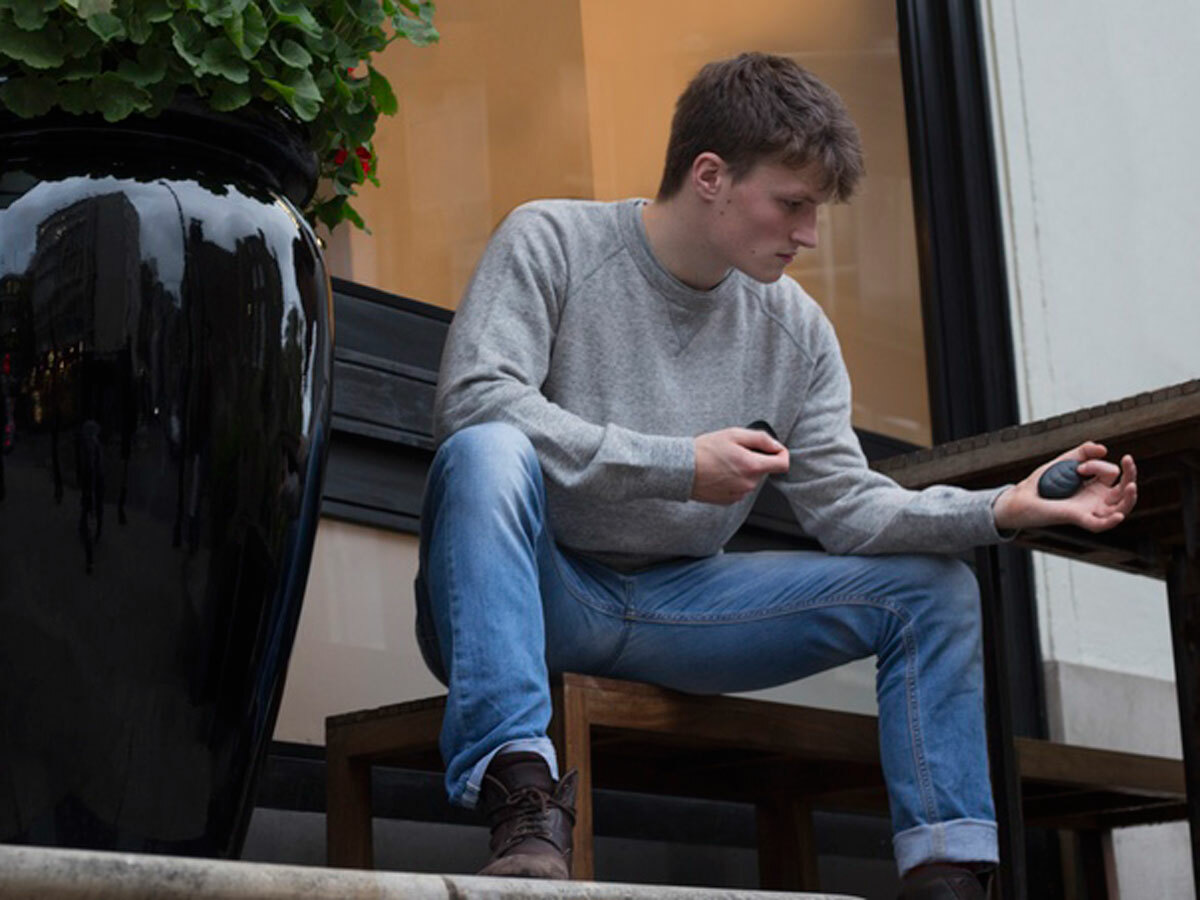
The video for Kurv has some very earnest people looking faintly ridiculous playing air guitar on public transport. But they’re being creative, because Kurv Guitar is actually a stringless instrument that connects to your smartphone and shoves guitar noises into your ears. You can switch between notes and chords, play different sounds, and, using the app, learn Taylor Swift’s Love Story and effortlessly segue it into AC/DC’s Highway to Hell.
We’re not sure how much easier Kurv is to play than a real guitar (it is, after all, an instrument you’ll still have to get to grips with), but it looks like fun. And if guitars aren’t your thing, it’ll act as a MIDI controller; the team suggests grabbing a developer kit and creating an Indonesian anklung to share with the world. On it!
6) FIT (from US$1399)

Exercise. Pfft. It takes ages, it’s no fun, and it’s inconvenient. But wait! FIT is here, giving you a step machine on wheels that reportedly activates six of eight major muscle groups. Despite looking like a bike that’s had certain parts inconveniently shrunk down, we’ve decided we want a FIT anyway.
At home, you can attach it to a hometrainer add-on, turning FIT into a tiny exercise bike of sorts. And outside, you can scoot about the place on your FIT, knowing you’re getting fit while doing so. Which is all just as well, because you’ll probably have to sell your car to afford one.
7) Figment VR (from US$55)

We’re told VR is the future, but that future started off with helmets so absurdly large they might have fallen out of Spaceballs.
But access to VR is becoming increasingly convenient. Google went for a cardboard smartphone holder as the way forward, but Figment aims to be a more stylish option for iPhone owners. The case has a flip out viewer when you want to get all immersive; and when you don’t, it makes a nifty kickstand.
‘When we said handhelds, we didn’t mean arcade cabs’ bonus: Tiny Arcade (from $60)
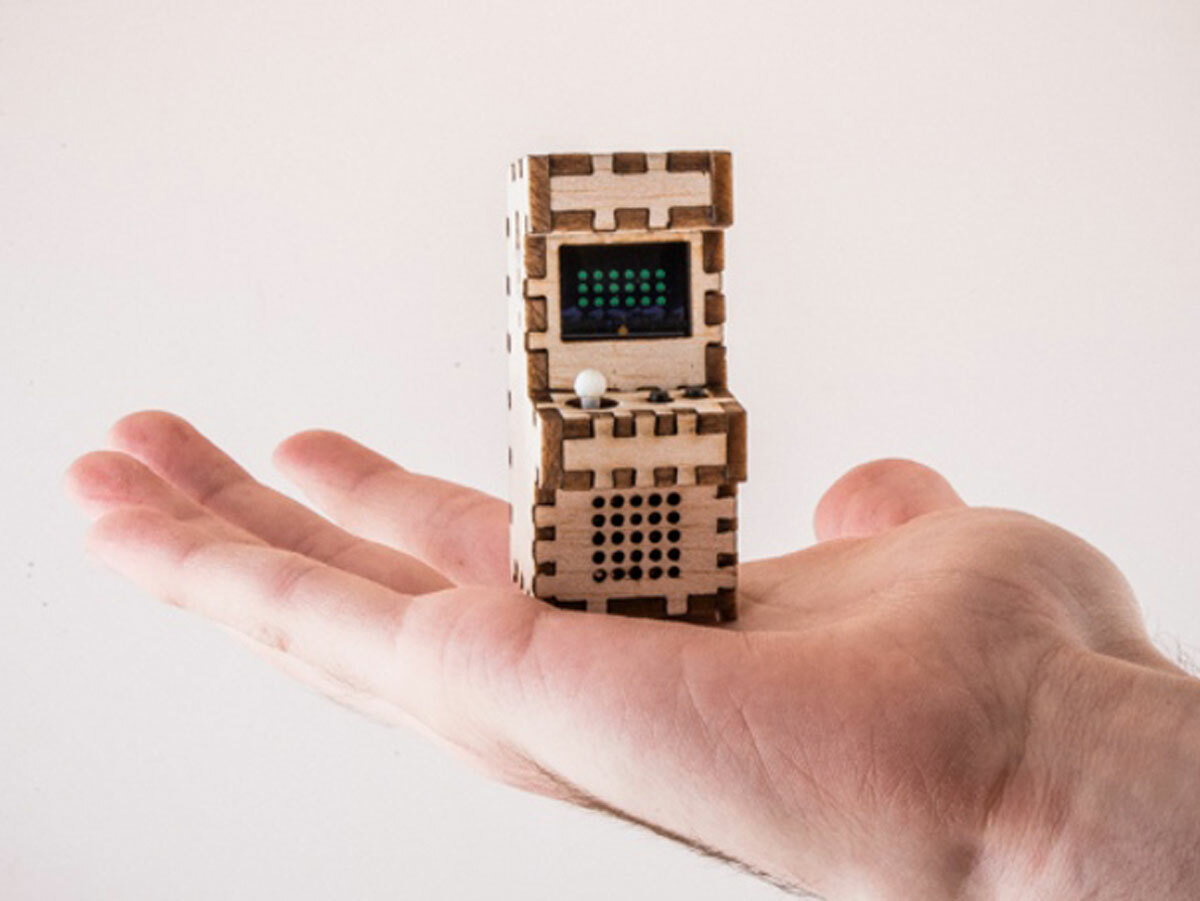
We’re all for miniaturisation, but Tiny Arcade is insane. Each minuscule arcade cabinet boasts (if that’s the right term) a 0.96-inch OLED display, comically small joysticks and buttons, and all the internal gubbins required to play knock-offs of OutRun, Wolfenstein 3D, Space Invaders and Flappy Bird.
It’s absurd and expensive but artisanal and brilliant. We want an arcade full of the things. (Which, given their size, would neatly fit on a single issue of Stuff magazine.)
From November
1) scanPAD (from €154)

We’re not sure whether scanPAD is ridiculous or genius, and so we’re tentatively going with the latter. It’s a giant smartphone stand, designed to replace traditional scanners, and looks like it’s fallen out of Jony Ive’s brain.
Reasoning that desktop scanners are clunky and complex, scanPAD’s creators want you to attach your smartphone, and use its camera instead. Which you can already do with an app. But with scanPad comes “revolutionary” document stabilisation “using nanotechnology”, a blue scan-mat for bluescreeen pics, and the suggestion you can use the massive stand to “take selfies like a pro”. (Perhaps they should have stopped at the bluescreen bit.)
2) TSTAND (from US$37)

There’s no getting away from the fact TSTAND looks rather ungainly. It’s essentially two claw-like contraptions, one clinging on to a tablet and the other forming a stand’s ‘legs’. This can be placed on a desk or, as intended by the creators, a lazy human. The general idea is it’ll hold your tablet in place, enabling your arms and hands to do other things. Which all sounds a bit questionable until you remember the last time you fell asleep watching a film on your tablet, only to have a glass screen rudely fall on your face, or when watching the sweet old lady in the crowdfunding video, thrilled at TSTAND holding her iPad and giving her arthritic hands a rest. Cynicism evaporated!
TSTAND made its funding goal, but we didn’t want to omit it. If you missed the Kickstarter, you can buy one for a limited time on the TSTAND website at the Kickstarter rates. Barg!
3) ACPAD (from €249)

We’ve seen an awful lot of instruments on Kickstarter, most of which look like they’ve beamed in from a 1970s sci-fi movie. ACPAD’s aims are rather different, attempting to tie together digital smarts and the acoustic guitar. What you essentially get is a bunch of triggers for MIDI software: eight pressure-sensitive touchpads, ten preset buttons, two looper channels, and two slide faders. Given that Stuff occasionally goes all Johnny Cash, we reckon ACPAD sounds like a good bet for adding new possibilities to old-school strumming, whether jamming or on stage, in front of an adoring audience (i.e. the dog).
4) Nanoleaf Smarter Kit (from US$79)
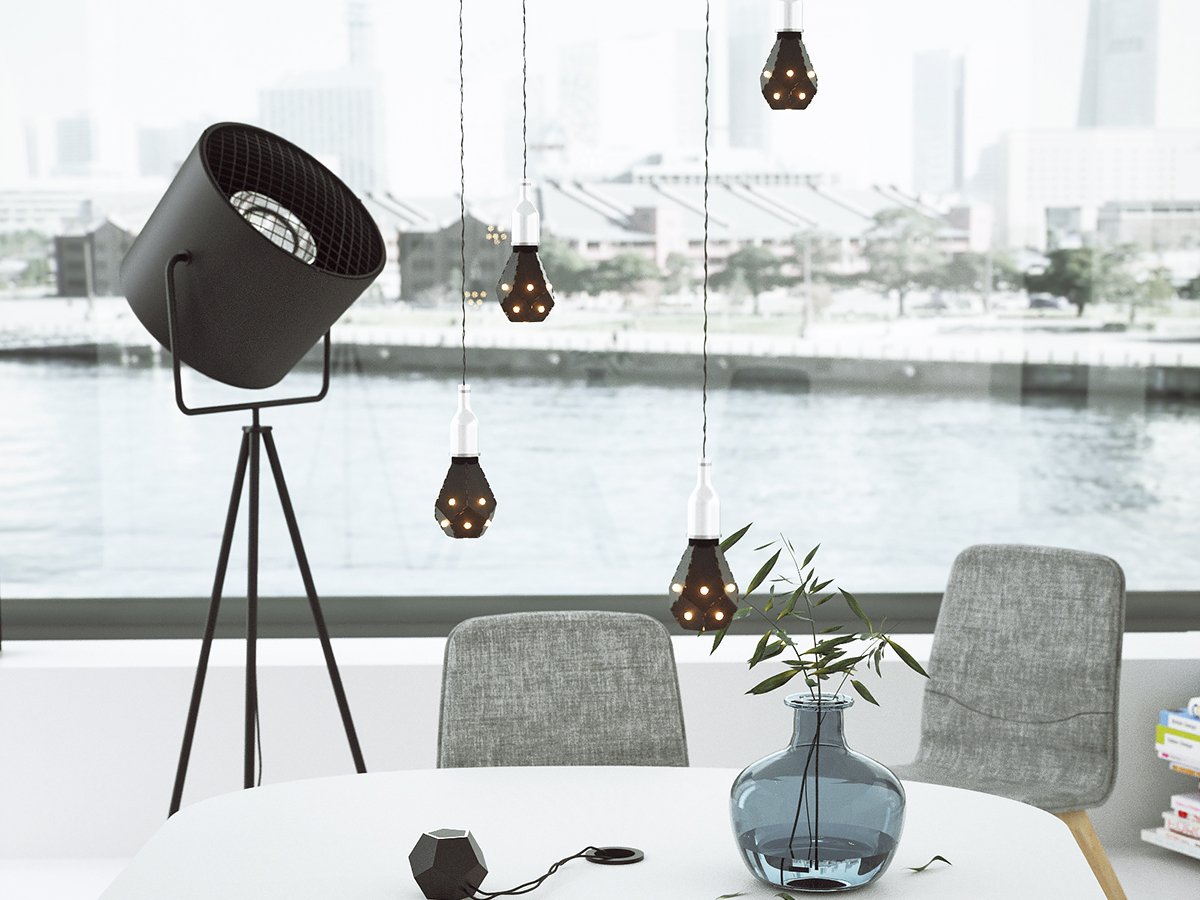
One for fans of connected devices, Nanoleaf is a system for controlling lighting using the power of your voice. “Dim the lights!” “Turn off the lights upstairs!” “Turn on the lights upstairs, where I just heard someone walk into a door!” That sort of thing.
This isn’t a unique idea, but we like Nanoleaf’s enthusiasm about not wanting to end up in landfill any time soon. These energy-efficient smart bulbs have therefore been created by an award-winning team of designers to last for 30 years.
5) Microbot Push (from US$39)

You probably like the idea of smart homes far more than your wallet does. So if you’re not in the position to upgrade every appliance and accessory in your house, take a look at Microbot Push.
This tiny robotic finger of sorts sticks to an object and then prods it when commanded to by a smartphone. But if you’re feeling a bit flush and are desperate to remotely control every conceivable thing in your home that has a button, the Prota hub adds pushing to your Microbots over Wi-Fi and the web, along with the means to define automation rules.
6) Grasp (from US$99)
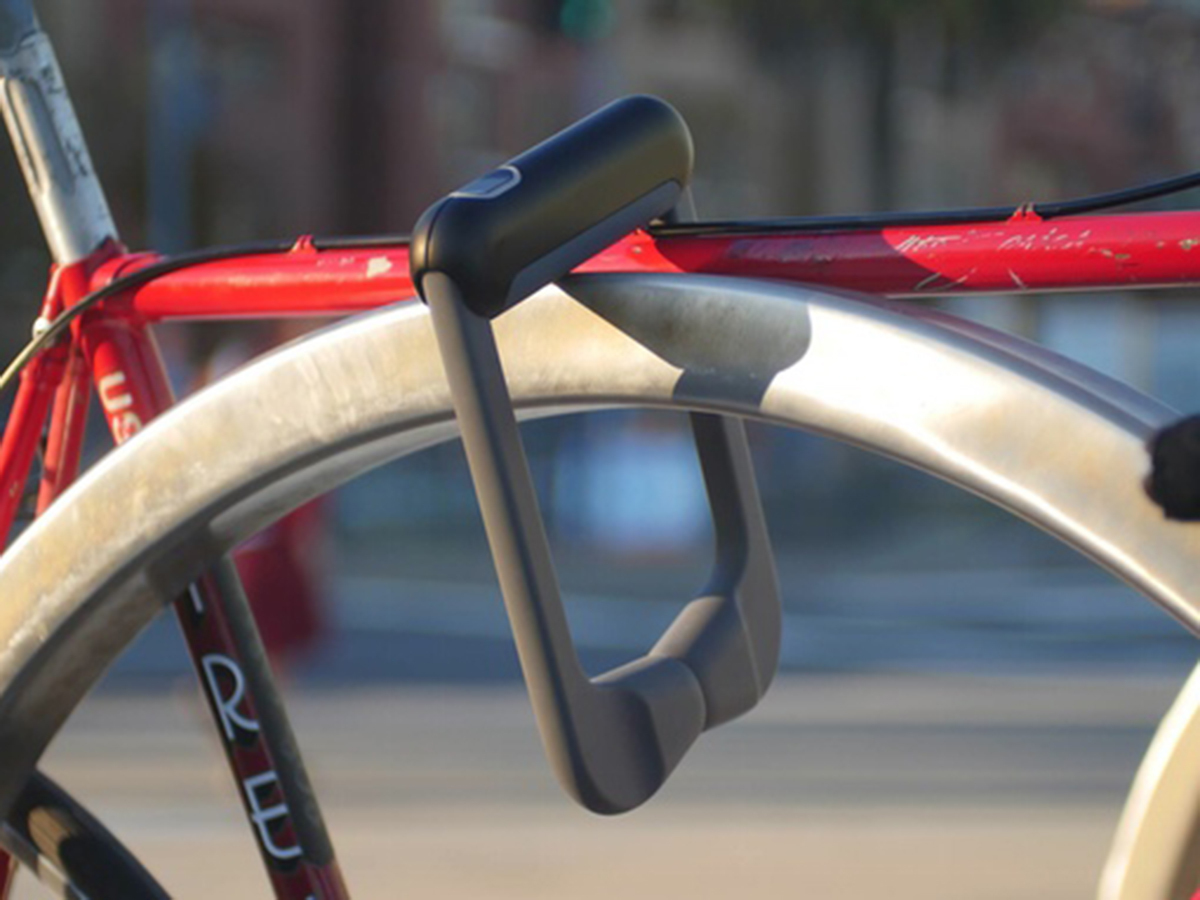
We love Touch ID on the iPhone, to the point we get slightly annoyed when we don’t find it elsewhere: on an older iPad; on a Mac; on our front door; on a pack of especially hard to open carrots. But Grasp might even beat iPhone-style goodness, because it’s applying fingerprint scanning and unlocking to the humble bike lock.
Now, rather than reaching over your bike and grappling with keys, you use the power of your thumb to secure and free your two-wheeled pride-and-joy within seconds.
7) Back in Time Symphonic Collection (from £20)

When Chris Abbott unleashed the original Back in Time CD, way back in 1998, little could he have known it would kickstart a wave of increasingly ambitious remakes of C64 music. Doing this kind of thing at all might sound strange — especially to younger gamers — but the musicians who worked on the C64 were in their heads creating orchestral scores and rock tunes on the 8-bit machine’s simple synth.
Back in Time Symphonic Collection is the most ambitious C64-oriented project to date, aiming to rework music by Rob Hubbard, Ben Daglish, Martin Galway, Fred Gray and others into powerful filmic soundtracks. If enough cash is raised, the aim is to even get a live orchestra in to record a couple of those classic tunes.



